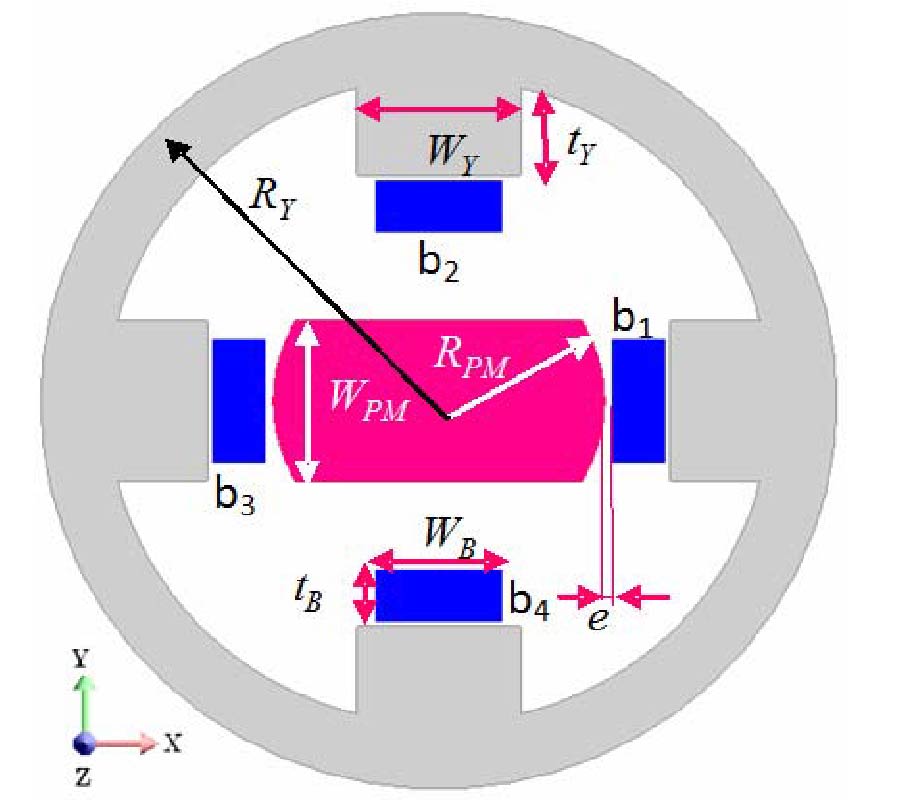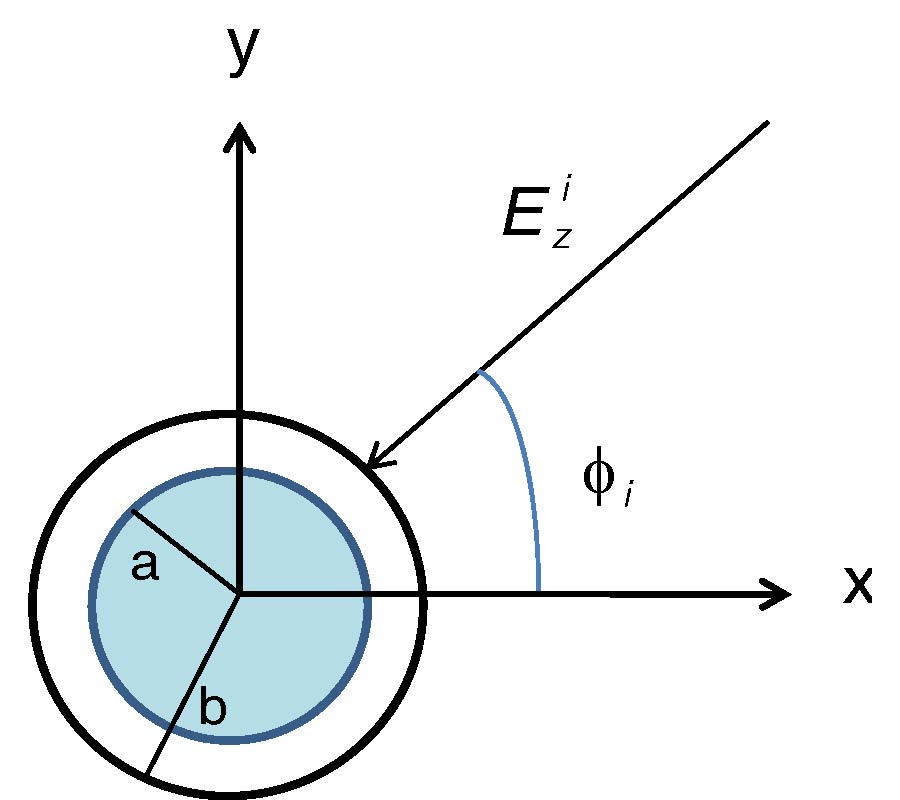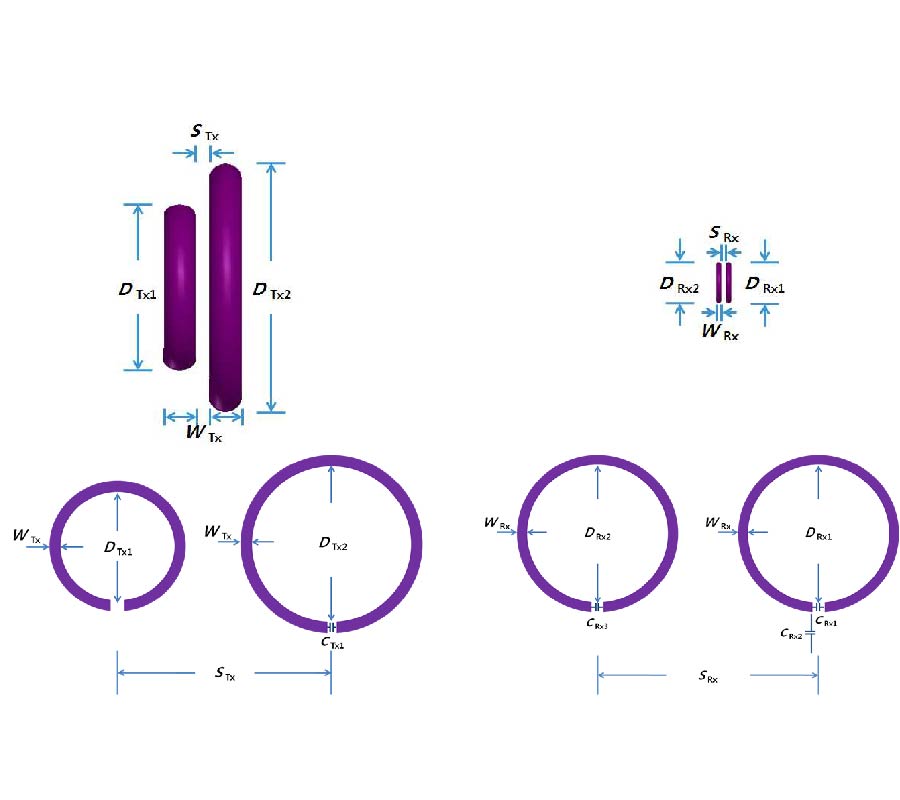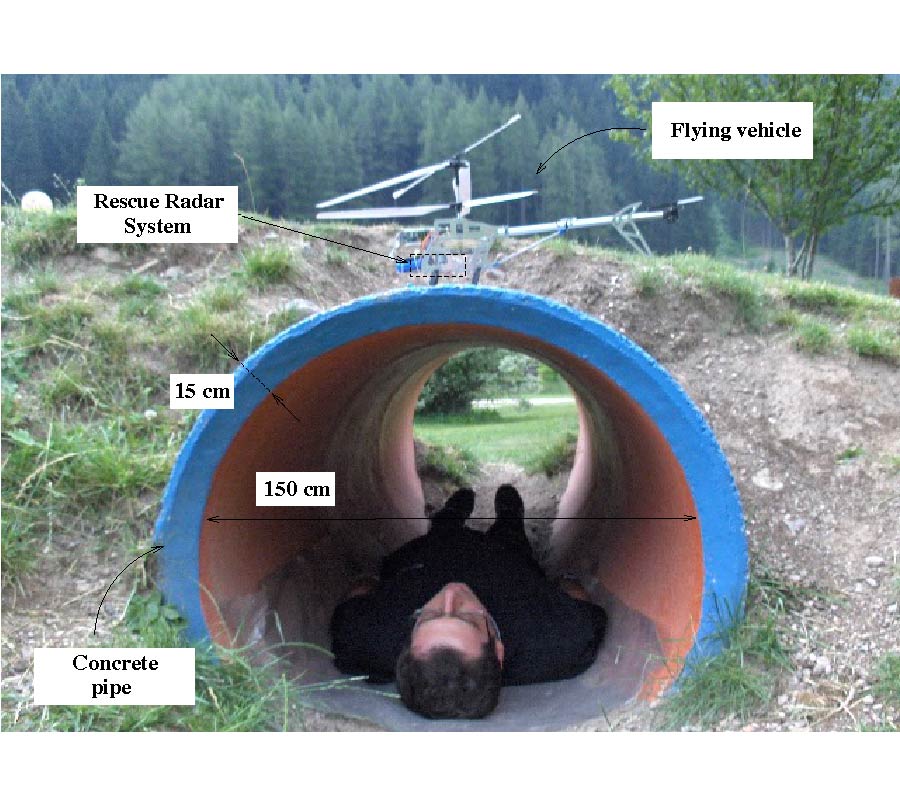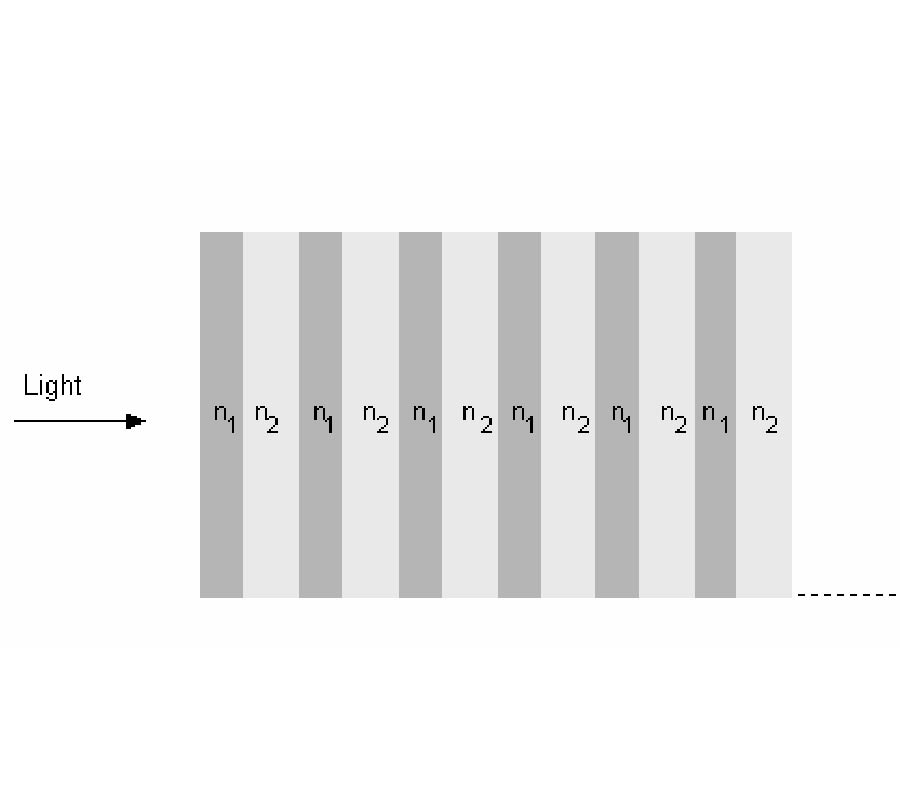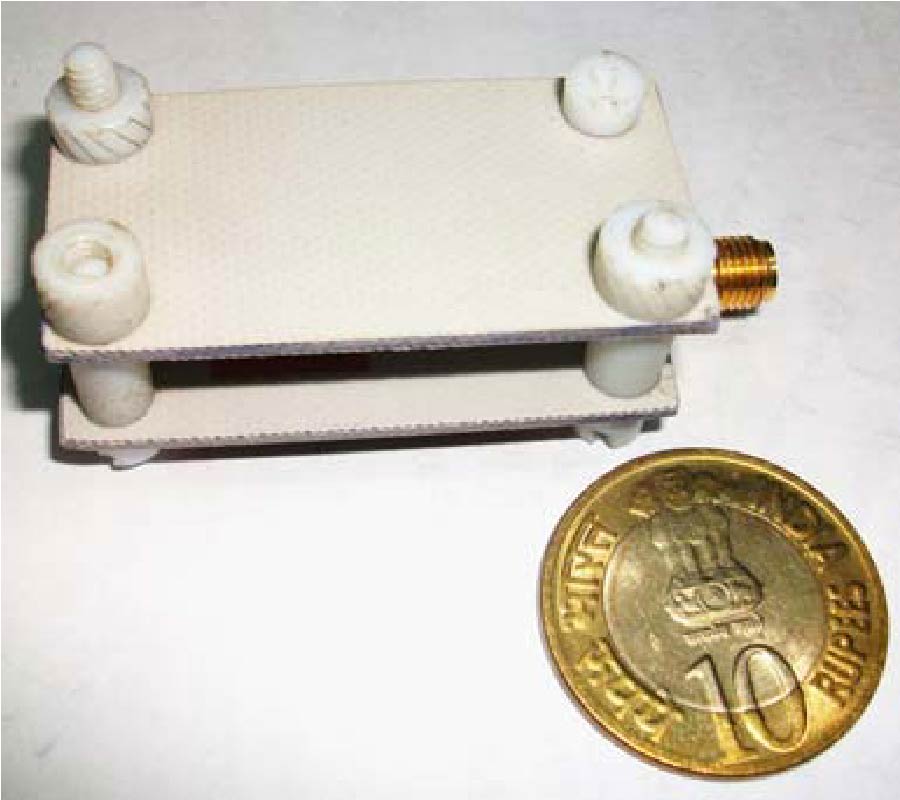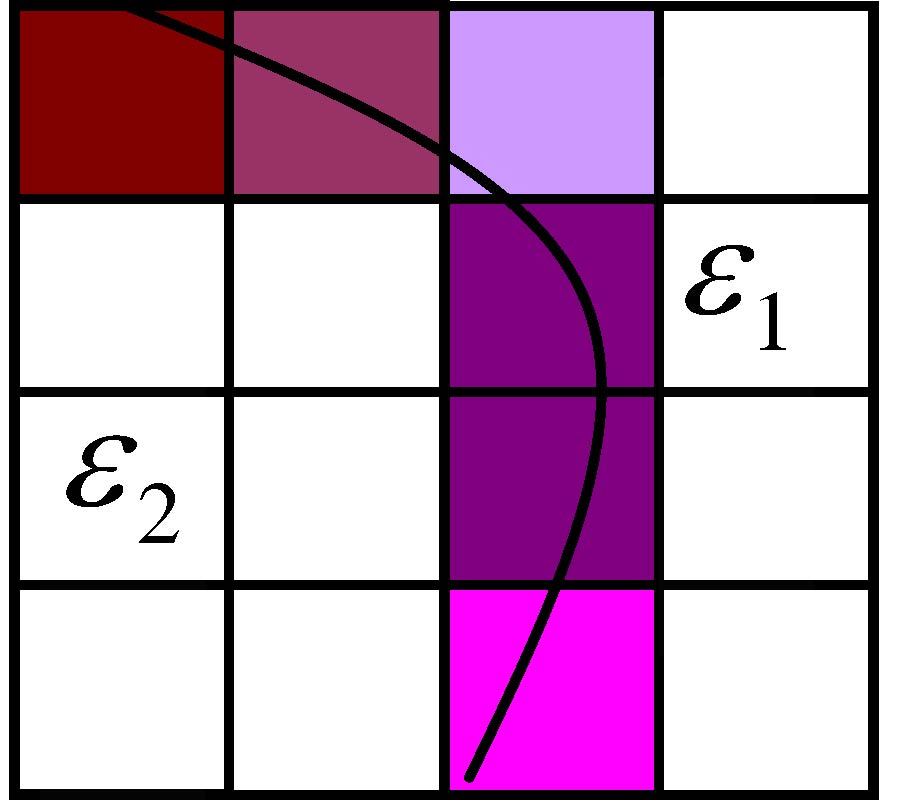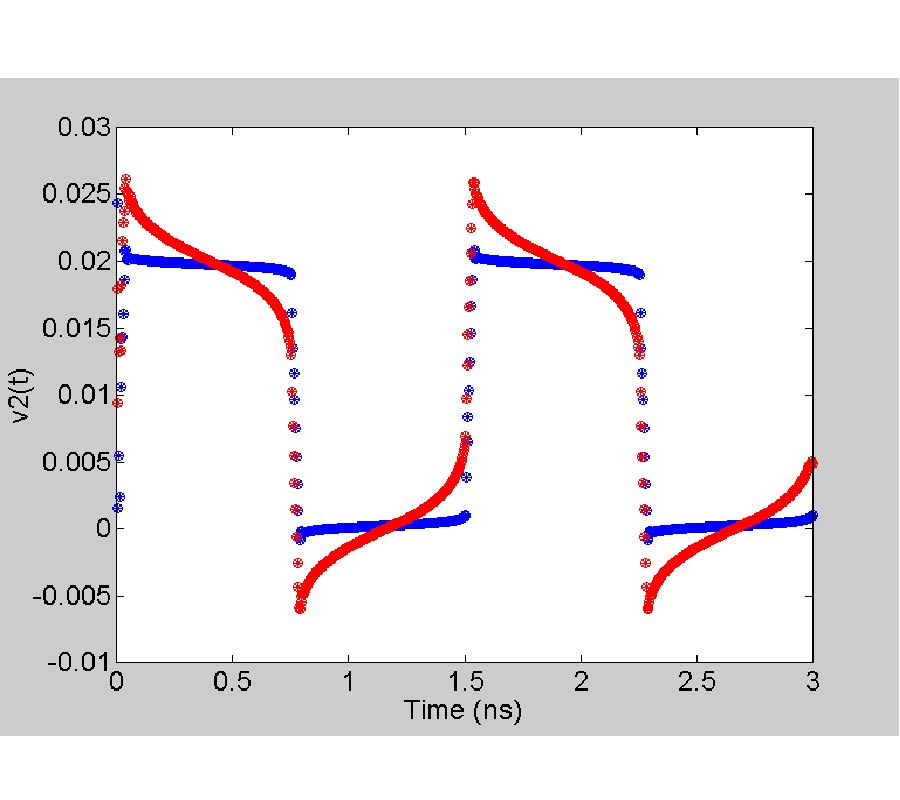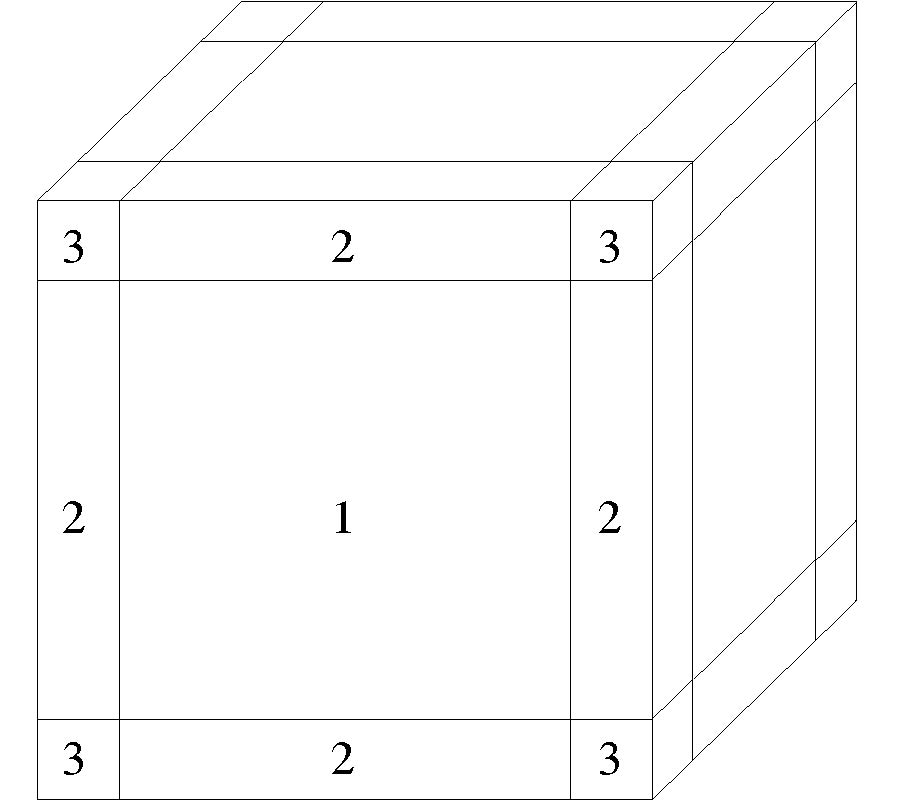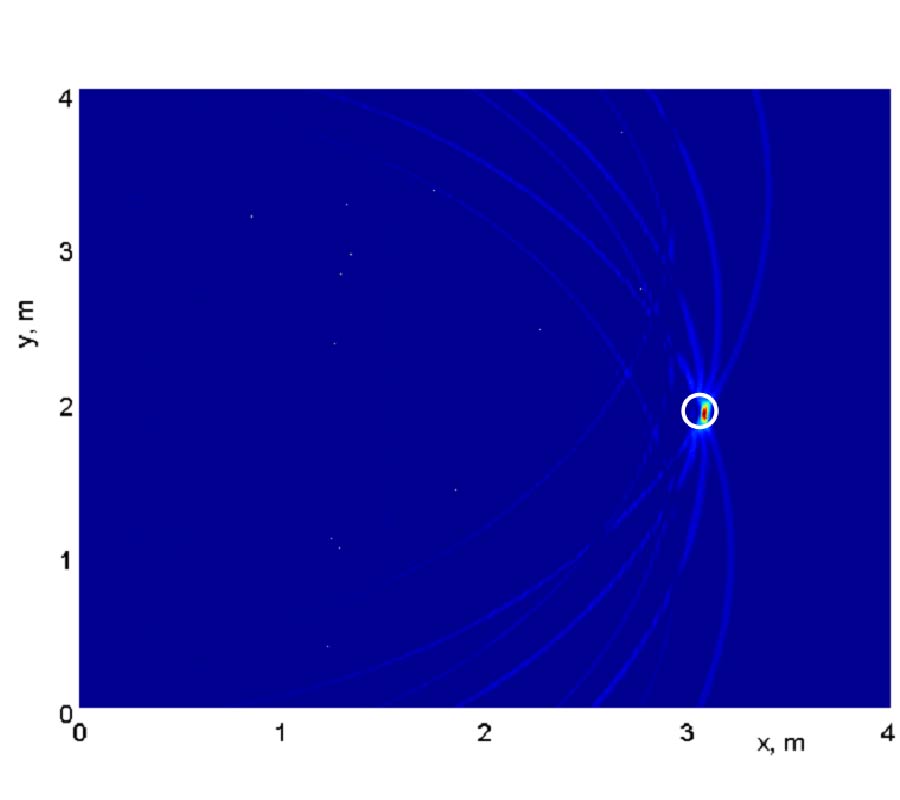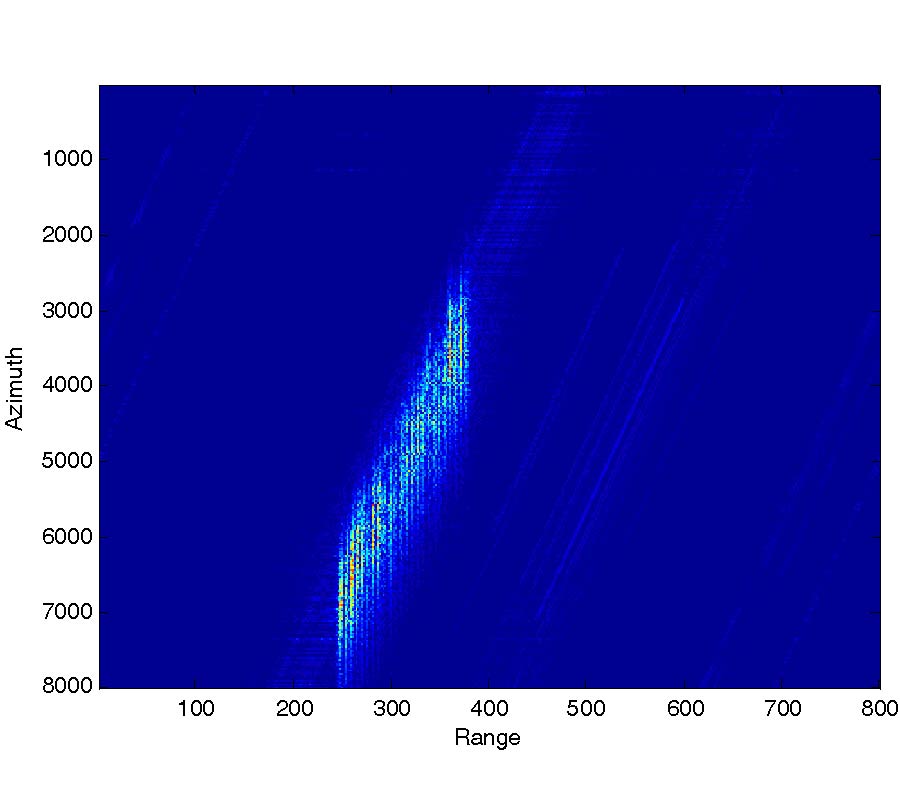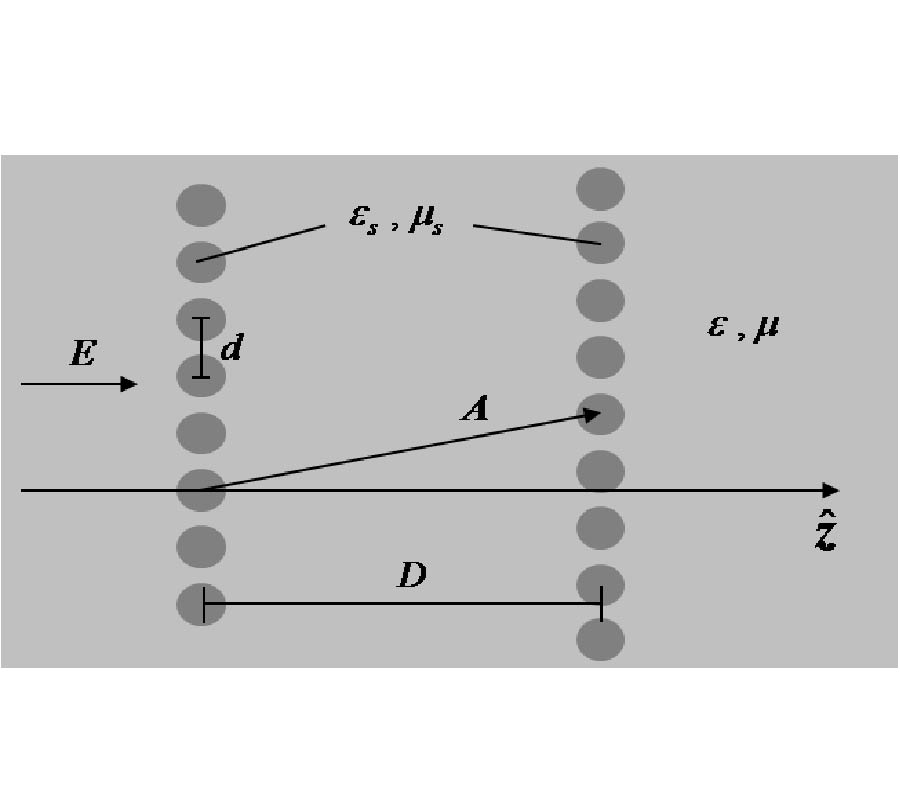Thermal Effect Modeling on Passive Circuits with Mlp Neural Network for EMC Application
Mohamed Bensetti
,
Fabrice Duval
and
Blaise Ravelo
During the last two decades, several simulation tools have been proposed for the modeling of electronic equipments in function of the physical environmental changes. It was stated that numerous electronic components such as semiconductor devices can be affected by the mechanistic effects, humidity or simply the temperature variations. To study the last effect, based on the multilayer perceptron neural network (MLPNN), a characterization method of the passive electronic device thermal effects is introduced in this paper. The method proposed was realized toward the equivalent circuit identification of the under test device (R, L, C components) measured input impedances. To demonstrate the relevance of the method, numerical computations with MLPNN algorithms implemented into Matlab were performed. First, a capacitor modeling from 30 kHz to 1 GHz for the temperature variation from 25°C to 130°C is presented. It was found that a good agreement between the proposed model and the measurement is observed. Then, a commercial EMI low-pass filter was also characterized in RF frequencies through the S-parameter identification. Finally, further discussion on the potential applications of this work, in particular, in the electromagnetic compatibility (EMC) field is offered in the last part of this paper.
